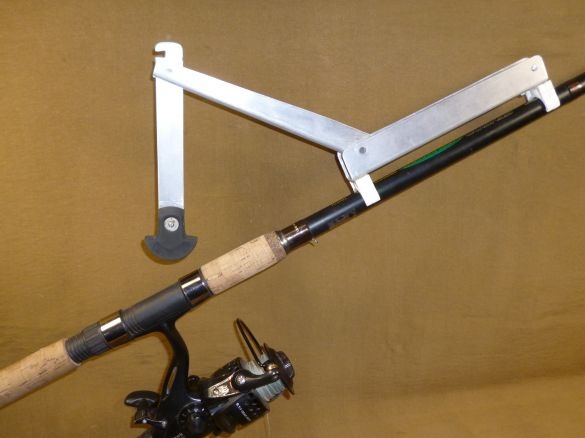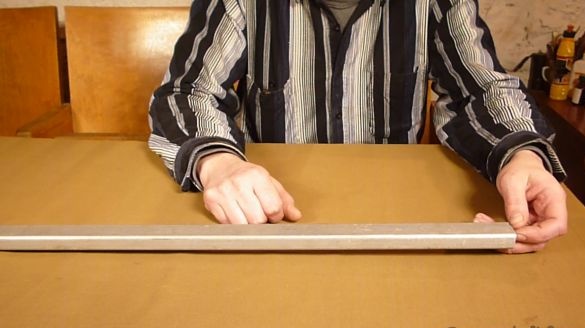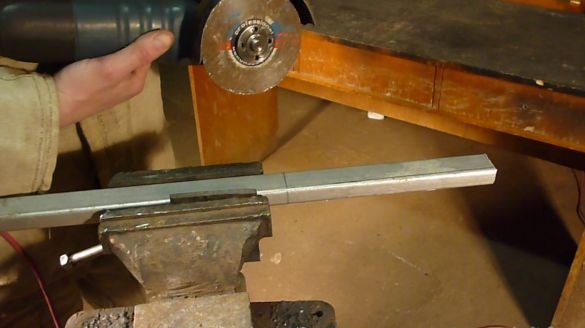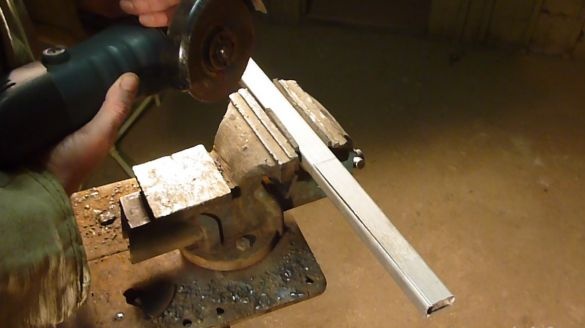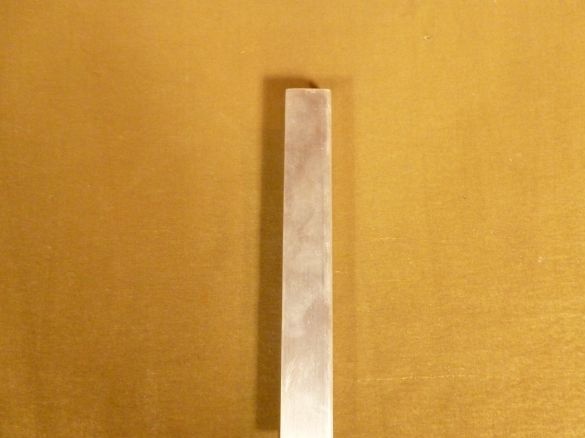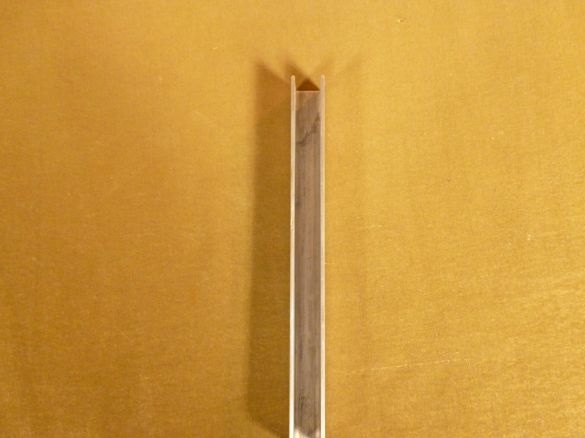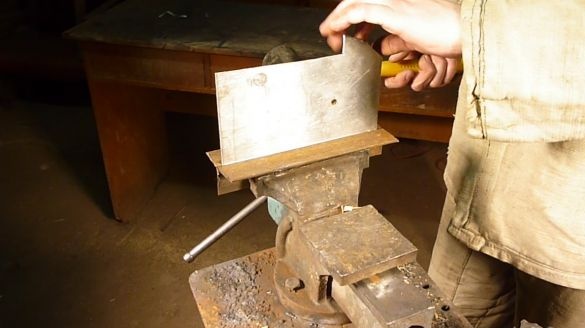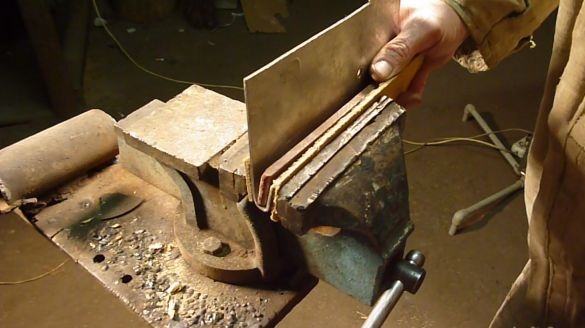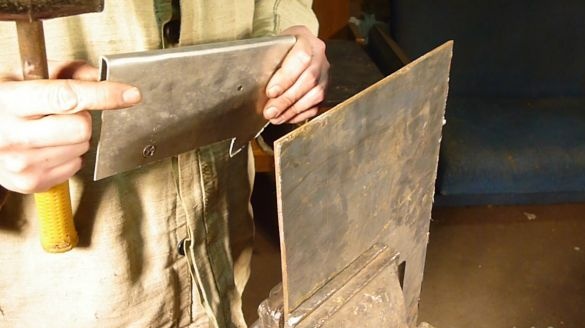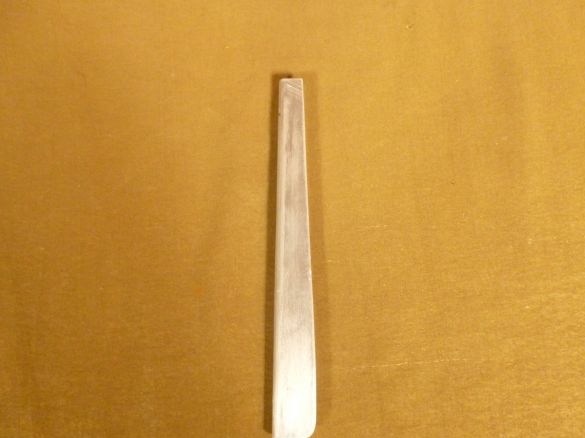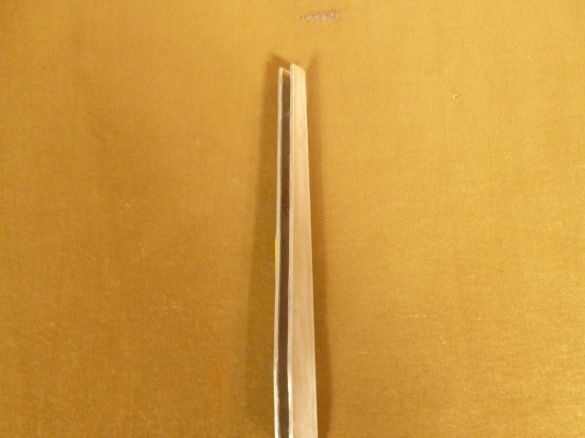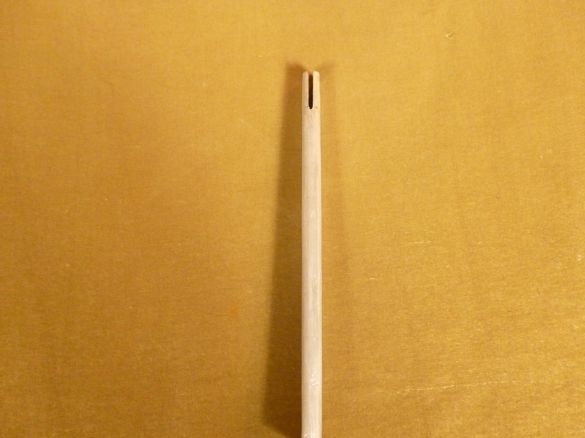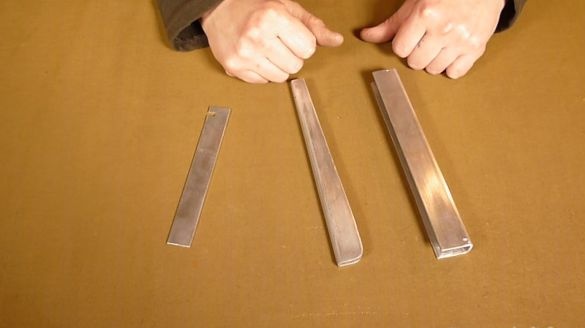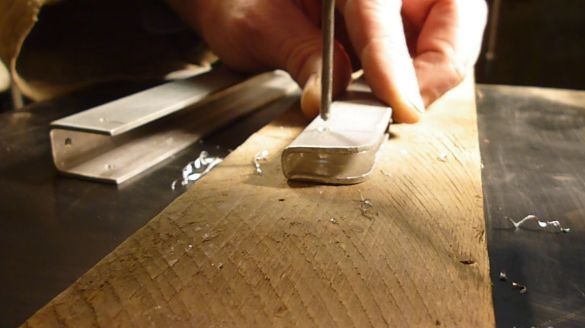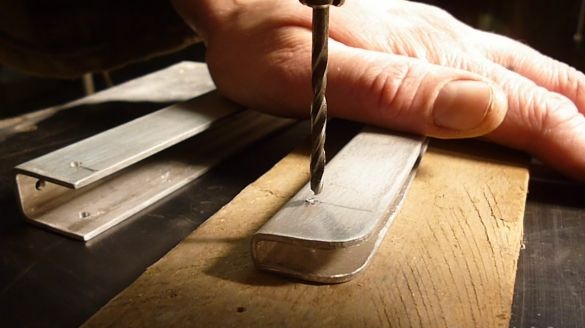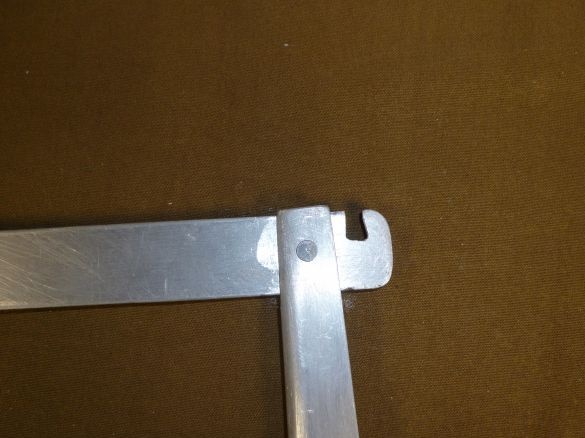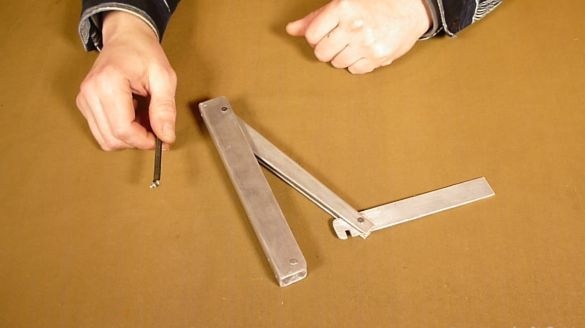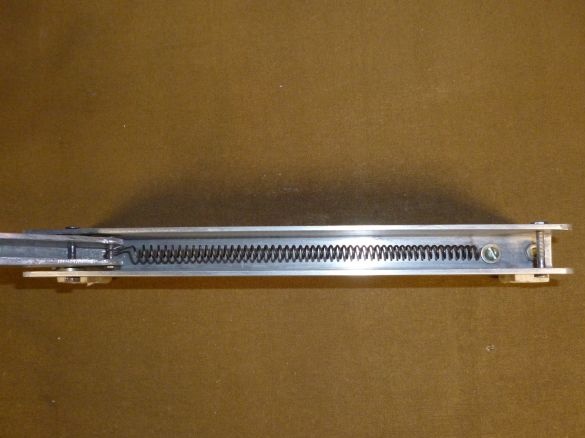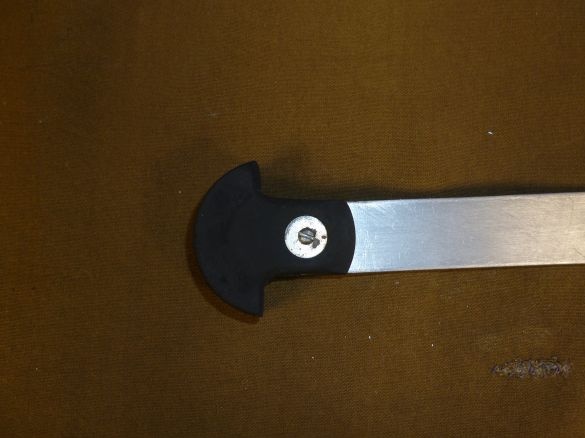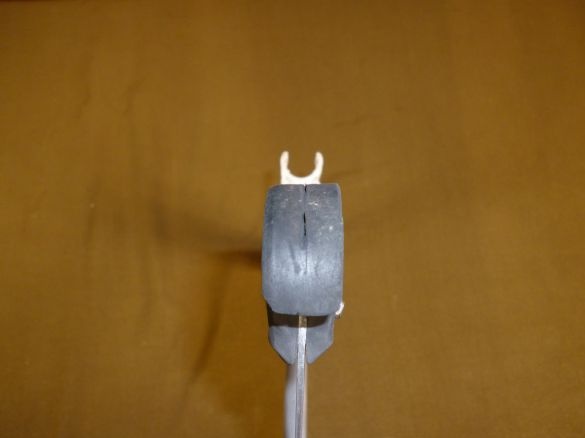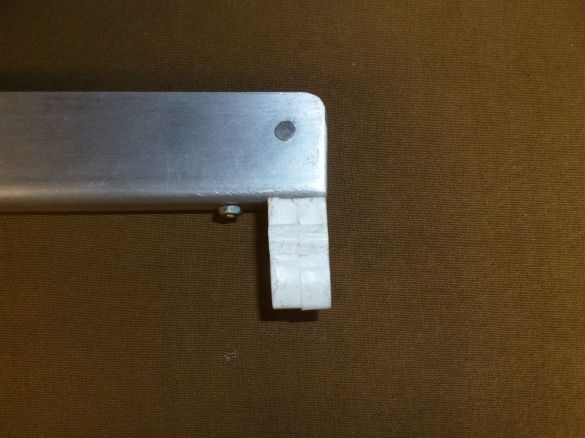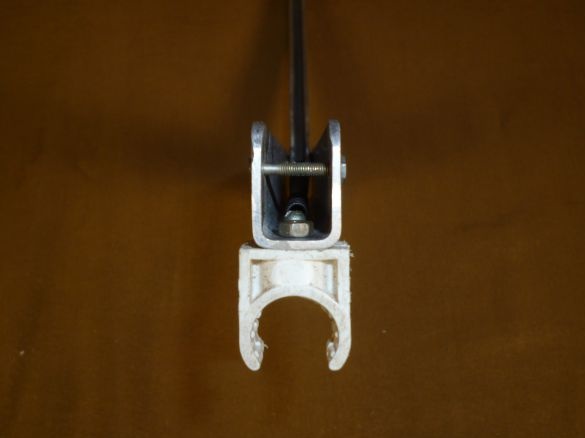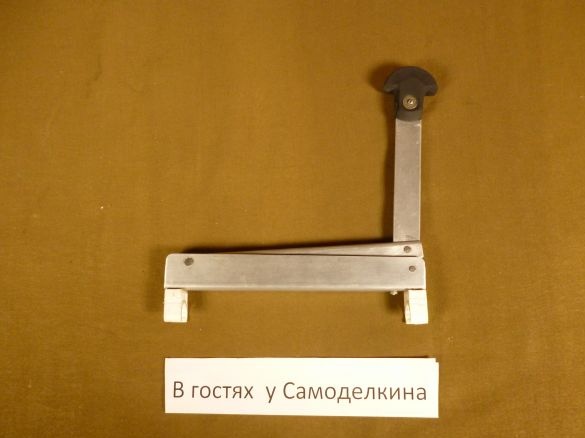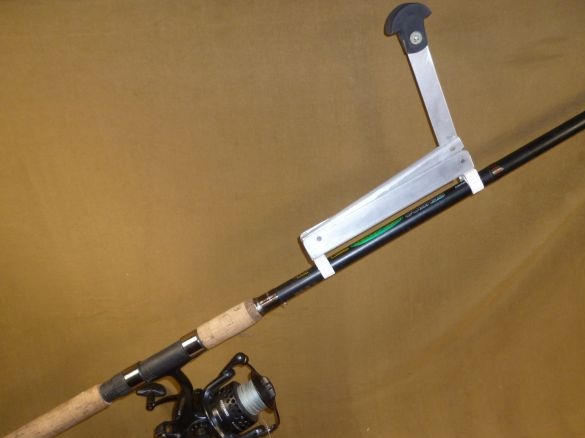All fishermen are familiar with such a situation when the long-awaited bite takes place at the very moment when the fisherman left his gear, and naturally the biggest fish bites at this moment. We will make a simple self-guide to avoid such unpleasant situations when fishing.
Tools needed and fixtures.
1. Angle grinder.
2. Drill with a set of drills.
3. The mallet.
4. A set of files.
5. Vise.
6 Sandpaper.
7. The knife.
Materials required.
1. Aluminum profile, with the dimensions of the shelves three and a half centimeters.
2. Sheet aluminum with a thickness of one and a half millimeters.
3. The spring.
4. Small screws with nuts.
5. Soft rubber two centimeters thick.
6. Clips for mounting metal-plastic.
For the basis of the self-guide, we take an aluminum profile three and a half centimeters. We cut off a piece of it from twenty centimeters and cut one and a half centimeter shelf.
Using a file, we remove the burrs, round off the edges and clean with sandpaper.
For the next part, it would ideally be nice to have a profile that would go inside the first but since there was no such profile, they bent it out of aluminum sheet with a thickness of one and a half millimeters.
We clamp the aluminum sheet in a vice between two metal corners and easily bend the first shelf by tapping with a mallet.
We bend the second shelf by compressing the part with a vise, inserting the insert of the required thickness inside.
Finally we align the resulting profile by tapping it on a sheet of metal five millimeters thick.
We cut one side of the workpiece into a cone and make a small cut on top. We clean the part and
we sanded.
From the same sheet of aluminum we cut a segment of fifteen centimeters by two centimeters. We make a small cut, round off the edges and also remove the burrs and clean with sandpaper. This will be the gatehouse.
We drill holes and collect the resulting parts together, on small screws. To fix the gatehouse, install an additional screw.
We install a spring inside the undercutter.
We fix soft rubber on top of the gatehouse, in which we make an incision with a knife to fix the fishing line or cord.
To attach the resulting self-stick to the butt of the rod, we mount the clips that are used for the installation of metal-plastic or polypropylene water pipes. These clips are of different sizes, so picking up to a specific rod is not difficult.
The self-guide is ready, set on the rod, cock, fix the fishing line or cord in the cut on the rubber top of the gatehouse and wait for the bite. At the time of pulling the fishing line, the gatehouse disengages and automatic cutting occurs.
No tail, no scales!
You can watch a video on making a self-guiding device here.


